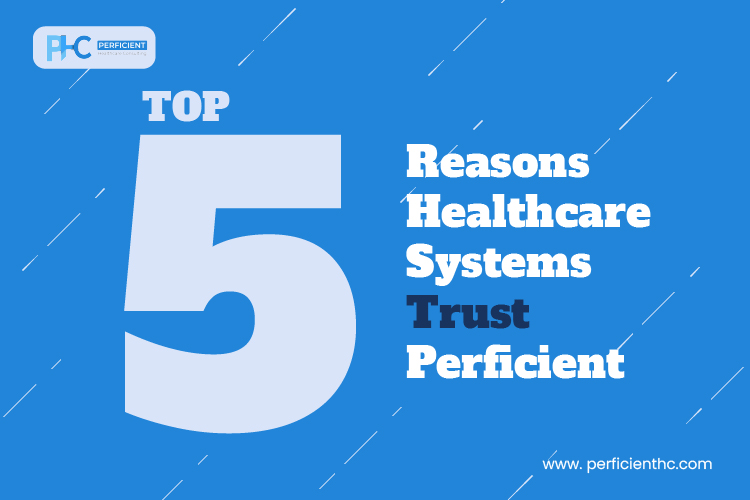Introduction
The future of healthcare is shifting closer to home. As care delivery evolves from hospital based to patient centered, modern technology is enabling high quality services to reach individuals in the comfort and safety of their own homes.
From virtual consultations to real time health monitoring, digital tools are transforming home care into something more connected, personalized, and effective. It is no longer just about convenience. It is about improving outcomes and creating a better experience for both patients and providers.
Here is how technology is simplifying home care for all.
1. Virtual Visits and Easy Telehealth Access
Not every medical issue requires an in person visit. Thanks to secure video platforms, patients can now consult with their doctors from home using a smartphone, tablet, or computer.
Benefits include:
- Less time spent traveling and waiting
- More flexible appointment scheduling
- Easier access to specialists
For follow ups, chronic care management, or initial assessments, virtual visits make care faster and more patient friendly.
2. Remote Monitoring for Ongoing Support
Wearables and in home sensors are now capable of tracking important health metrics. Providers can monitor patient data remotely, gaining insights and sending alerts when needed.
Popular use cases include:
- Heart rate and blood pressure tracking
- Blood sugar monitoring
- Medication adherence alerts
This allows care teams to respond early, prevent complications, and reduce hospital readmissions.
3. Smart Home Technology Supporting Daily Living
Smart devices in the home are creating safer environments, especially for elderly or mobility impaired patients.
Helpful technologies include:
- Voice activated assistants for medication reminders
- Motion sensors to detect falls or inactivity
- Smart pill boxes and hydration reminders
These solutions give patients more independence and give families peace of mind.
4. Digital Care Plans for Personalization
Digital care platforms allow providers to build tailored care plans that patients can access on mobile apps. These might include exercises, meal plans, medication schedules, and checklists.
Why this helps:
- Patients stay more engaged
- Caregivers stay informed
- Providers can track progress in real time
This level of personalization improves accountability and outcomes.
5. Connected Systems for Better Coordination
A key benefit of modern tech is how it connects information across systems. Data from home monitoring devices can be synced with electronic health records, giving providers a clearer view of the patient’s condition.
Benefits include:
- Fewer duplicate tests or visits
- Smarter clinical decisions
- Seamless communication across care teams
With integrated data, care becomes not only more efficient but also more accurate.
Conclusion
Home care is no longer an add on service. It is becoming a central part of how we deliver care in today’s healthcare environment. Technology is making it easier, smarter, and more human.From digital monitoring and telehealth to smart devices and personalized apps, patients can receive high quality care right where they feel most comfortable that is at home.
The result is a healthcare experience that is more flexible, more responsive, and better for everyone.
Frequently Asked Questions
Modern home care refers to healthcare services delivered at home using technologies like telehealth, remote monitoring devices, and smart home tools to improve patient outcomes and comfort.
Remote monitoring uses devices to track health data such as blood pressure or glucose levels and sends this information to providers so they can act quickly if needed.
Yes. Telehealth is especially useful for managing chronic conditions like diabetes or hypertension by providing ongoing check-ins, medication reviews, and digital care plans.
Absolutely. Many tools are voice activated or automated, making them user friendly for seniors and helping them maintain independence at home.
When implemented with secure platforms and proper training, tech enabled home care is safe and compliant with healthcare privacy standards.

